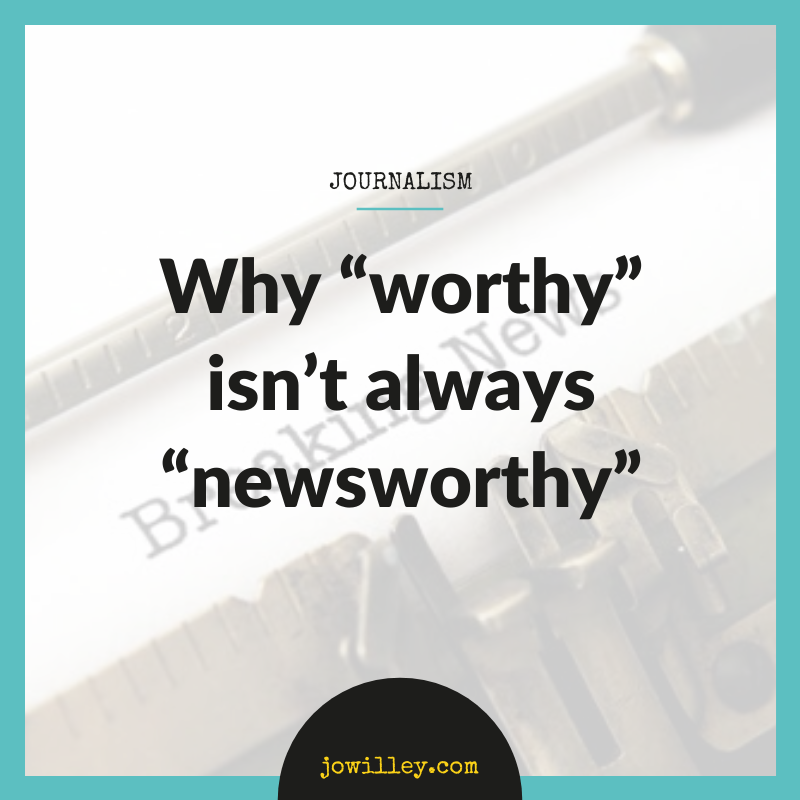
If I had a pound for every time I had heard the words: “But it’s a major new treatment which can help 20 people every year” or “This is a healthy new product called fruit juice”, I would be languishing on a sunbed on a remote island supping a cocktail with a Hollywood hottie rubbing on my sun cream.
Ahem, anyway, I digress. But the point here is that just because it may be “worthy”, doesn’t automatically mean it is “newsworthy”.
Just because your company or client is excited about it, doesn’t mean journalists will be.
And this is why.
Here is the definition of the word “newsworthy”:
newsworthy
ˈnjuːzwəːði
adjective
noteworthy as news; topical.
“a newsworthy event”
synonyms: interesting, topical, notable, noteworthy, important, significant, momentous, historic, remarkable, sensational; informal; buzzworthy
“press releases can help to ensure that newsworthy events receive publicity”
Now, I know this isn’t a grammar lesson.
But if you want to get media coverage, you have to remember why you want it, who is going to be interested in it and how best to go about getting it.
And the key is in the word.
Newsworthy is news. News is new.
All any journalist wants is to be given a new story which is noteworthy and topical.
This is why the lazy “PR Puff” which promises so much with a headline: “World-first drug could save millions of lives every year”, is deleted within seconds when it turns out it is a supplement with no scientific evidence.
That isn’t new or newsworthy – it is lazy PR dressing up a topic that has no hook.
Now I’m not saying don’t publicise what your client/you have to offer.
But also don’t insult the journalists’ intelligence by trying to slip in what you deep down know isn’t worth a story.
It is our job to pick things apart, analyse the evidence, pull out the facts from the fiction and then present a fair, accurate and balanced story to our readers/viewers/listeners.
And in order to do that all we need is a good, engaging, solid press release that gives us the things we most want from a story.
Something that is:
New, first, innovative
Interesting
Relevant to our specific audience
Resonates with the masses, not the few
Simple to explain and understand
Simple language written in an engaging way
Contains all the facts we’re going to need
Short, insightful, relevant quotes
Good stats, sound science, engaging message
So – take a step back when you are writing your next press release or planning your next media strategy.
Look at what you are sending out to journalists and have a think about how they will see it.
I am always asked what the “secret” is to getting a journalists’ attention.
Honestly? There isn’t one.
It’s all there for you to listen to and utilise.
Take a look HERE for my Blog about six fast facts about what journalists love.